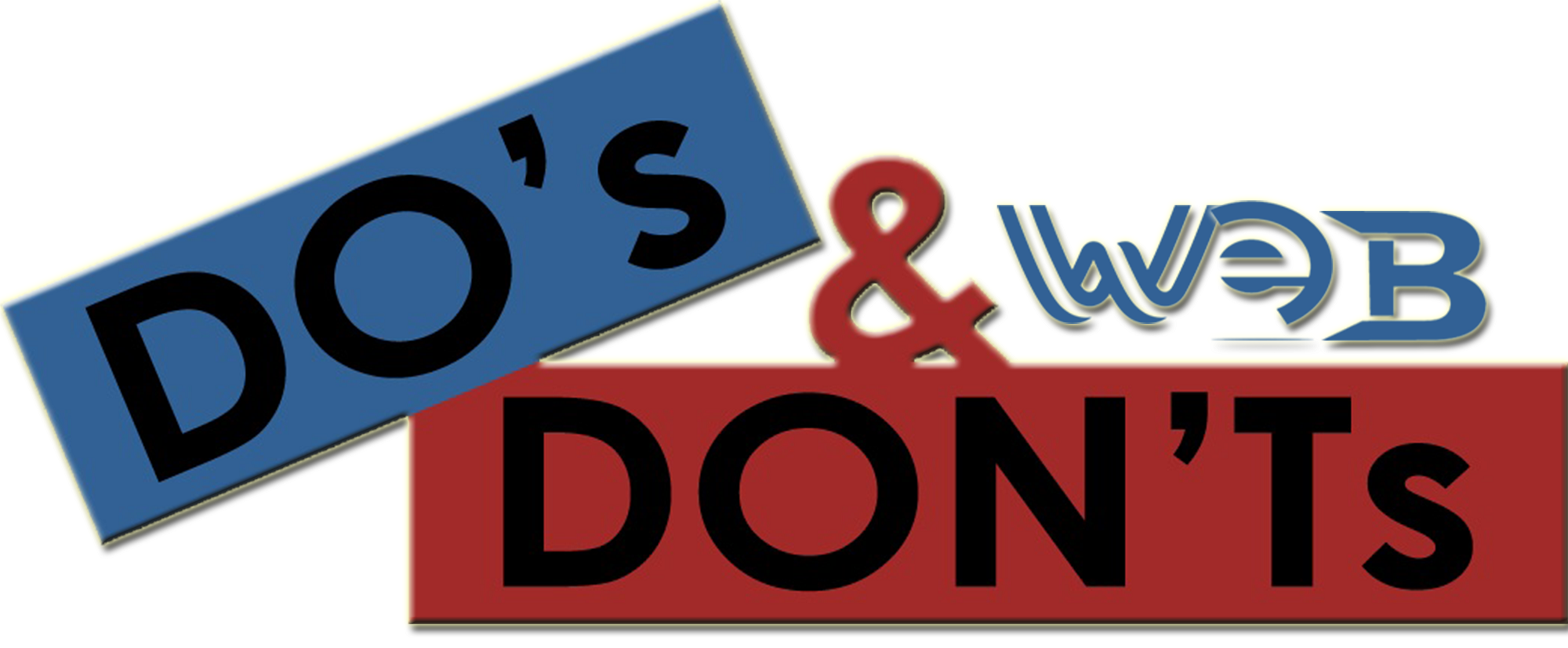In today’s digital age, a strong online presence is paramount for any business aiming to thrive. Your website is often the first interaction a potential customer has with your brand, making it crucial to leave a lasting positive impression. Are you considering investing in professional options for web design services? It’s a big decision, and one that requires careful consideration. Before diving in, let’s explore some essential factors to keep in mind to ensure you get the most out of your investment and create a website that truly represents your business.
Think of your website as the digital storefront for your business. Just as you wouldn’t open a physical store without careful planning and design, your website deserves the same level of attention. From defining your target audience to understanding the latest design trends, there are numerous aspects to consider. This article aims to guide you through the key elements, helping you make informed decisions and choose the right approach to meet your specific needs.
Understanding Your Business Needs
Before even thinking about colours and layouts, it’s vital to have a clear understanding of your business goals and how your website will contribute to achieving them. What do you want your website to achieve? Are you looking to generate leads, sell products online, provide information, or build brand awareness? Defining your objectives will shape the entire design and functionality of your site.
Identifying Your Target Audience
Who are you trying to reach? Understanding your target audience is crucial for creating a website that resonates with them. Consider their demographics, interests, and online behaviour. What are their pain points, and how can your website provide solutions? Tailoring your website to your specific audience will improve engagement and conversions.
Defining Your Brand Identity
Your website should be a reflection of your brand. It needs to communicate your values, personality, and unique selling proposition. Consider your brand colours, typography, and overall tone of voice. Consistency in branding across all your online and offline channels builds recognition and trust.
Exploring Different Types of Web Design Services
The world of web design is vast and varied, offering a range of services to suit different needs and budgets. Understanding the different options available will help you choose the right approach for your project.
Custom Web Design
Custom web design involves creating a unique website tailored specifically to your business needs and brand identity. This approach offers the most flexibility and allows you to create a website that truly stands out from the competition. It often requires a larger investment but can deliver the best results in terms of performance and user experience.
Template-Based Web Design
Template-based web design uses pre-designed templates as a starting point for your website. This option is typically more affordable and quicker to implement than custom design. However, it offers less flexibility and can result in a website that looks similar to others using the same template. It’s a good option for businesses with limited budgets or those who need a website up and running quickly.
E-Commerce Web Design
If you’re planning to sell products online, you’ll need e-commerce web design services. This involves creating a website with features such as product catalogues, shopping carts, and secure payment gateways. E-commerce web design requires a strong understanding of online sales and customer behaviour.
Essential Features of a Great Website
A great website is more than just a pretty face. It needs to be functional, user-friendly, and optimised for search engines. Here are some essential features to consider:
Responsive Design
With the majority of internet users accessing websites on mobile devices, responsive design is no longer optional. It ensures your website adapts seamlessly to different screen sizes and devices, providing a consistent user experience across all platforms. Google also prioritises mobile-friendly websites in its search rankings.
User-Friendly Navigation
Your website should be easy to navigate, allowing users to find the information they need quickly and efficiently. Clear and intuitive navigation improves user experience and encourages visitors to explore your site further. A well-structured menu, search functionality, and logical site architecture are essential.
Fast Loading Speed
In today’s fast-paced world, users expect websites to load quickly. Slow loading speeds can lead to frustration and high bounce rates. Optimise your images, minimise code, and choose a reliable hosting provider to ensure your website loads quickly.
Search Engine Optimisation (SEO)
Optimising your website for search engines is crucial for attracting organic traffic. This involves using relevant keywords, creating high-quality content, and building backlinks. Consider investing in comprehensive SEO strategies to improve your website’s visibility in search results.
High-Quality Content
Content is king. Your website should provide valuable, informative, and engaging content that resonates with your target audience. High-quality content not only attracts visitors but also establishes your credibility and expertise.
Choosing the Right Web Design Agency
Selecting the right web design agency is a crucial step in creating a successful website. With so many options available, it’s important to do your research and choose an agency that understands your business needs and has a proven track record of success.
Reviewing Portfolios
Take a look at the agency’s portfolio to get a sense of their design style and capabilities. Do their designs align with your brand aesthetic? Have they worked with businesses in your industry before? A strong portfolio is a good indicator of their expertise.
Checking Testimonials and References
Read testimonials and check references to get feedback from previous clients. What was their experience working with the agency? Were they satisfied with the results? Positive testimonials and references can provide valuable insights into the agency’s reliability and professionalism.
Understanding the Design Process
Ask the agency to explain their design process. How do they approach projects? How will they communicate with you throughout the process? A clear and well-defined process ensures that your project stays on track and meets your expectations.
Considering the Cost
Web design services can vary significantly in cost. Get quotes from multiple agencies and compare their pricing. However, don’t base your decision solely on price. Consider the value you’ll receive in terms of design quality, functionality, and ongoing support.
The Importance of Ongoing Maintenance and Support
Your website is not a “set it and forget it” project. It requires ongoing maintenance and support to ensure it remains secure, functional, and up-to-date. Regular updates, security patches, and content refreshes are essential for maintaining a healthy website.
Security Updates
Protecting your website from cyber threats is crucial. Install security updates regularly to patch vulnerabilities and prevent hacking attempts. A secure website protects your business and your customers’ data.
Content Updates
Keep your website content fresh and relevant by updating it regularly. Add new blog posts, update product information, and refresh outdated content. This not only improves user engagement but also boosts your search engine rankings.
Technical Support
Choose a web design agency that offers ongoing technical support. If you encounter any issues with your website, you’ll want to have access to reliable support to resolve them quickly and efficiently. This ensures minimal downtime and a smooth user experience.
Measuring Your Website’s Success
Once your website is live, it’s important to track its performance and measure its success. This will help you identify areas for improvement and optimise your website for better results.
Using Analytics Tools
Install analytics tools such as Google Analytics to track key metrics such as website traffic, bounce rate, and conversion rate. This data provides valuable insights into how users are interacting with your website and where you can make improvements.
Tracking Conversion Rates
If your website is designed to generate leads or sales, track your conversion rates to measure its effectiveness. How many visitors are filling out your contact form? How many are making purchases? Tracking these metrics will help you determine if your website is achieving its goals.
Gathering User Feedback
Solicit feedback from your website visitors to understand their experience. Ask them what they like and dislike about your website. Use their feedback to make improvements and enhance the user experience.
Future-Proofing Your Website
The web is constantly evolving, so it’s important to future-proof your website to ensure it remains relevant and competitive. This involves staying up-to-date with the latest design trends, technology, and SEO best practices.
Staying Up-to-Date with Design Trends
Keep an eye on the latest web design trends and incorporate them into your website when appropriate. This will help your website look modern and appealing to users. However, don’t blindly follow trends without considering your brand identity and target audience.
Embracing New Technologies
Embrace new technologies such as artificial intelligence (AI) and virtual reality (VR) to enhance the user experience on your website. These technologies can provide innovative ways to engage with your audience and differentiate your brand.
Adapting to Algorithm Updates
Google and other search engines regularly update their algorithms. Stay informed about these updates and adapt your website accordingly. This will help you maintain your search engine rankings and attract organic traffic.
Final Thoughts
Investing in professional options for assistance with web design is a significant decision that can have a profound impact on your business success. By understanding your business needs, exploring different design options, and choosing the right agency, you can create a website that not only looks great but also drives results. Remember to prioritise user experience, optimise for search engines, and stay up-to-date with the latest trends and technologies. With careful planning and execution, your website can become a powerful tool for achieving your business goals. Don’t underestimate the value of quality assistance when looking at the web design services available – it can make all the difference!


